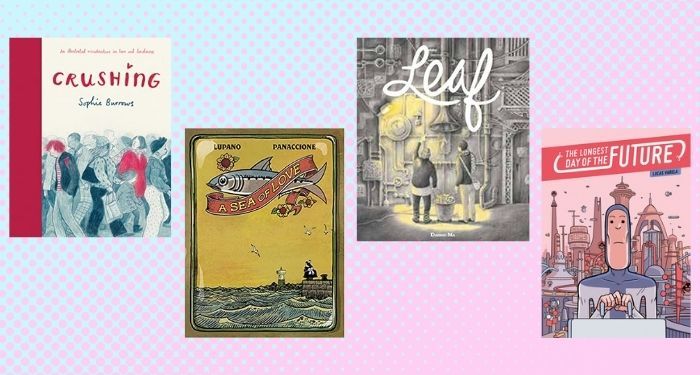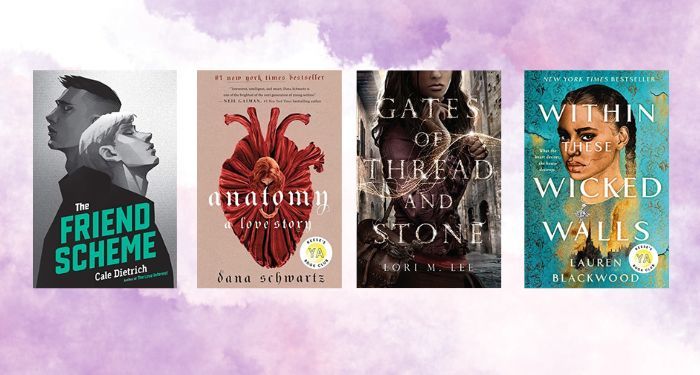This content contains affiliate links. When you buy through these links, we may earn an affiliate commission.
Among the many reasons graphic novels and comics capture our attention is that the visual storytelling adds an entire additional layer to the book. Art adds, rather than distracts, and the details an artist chooses to emphasize or explore compel a reader to pause not just with the story at hand, but with the art in and of itself. But what happens when the story isn’t told with any words at all? Enter wordless graphic novels.
Where picture books are so often seen as “for children,” picture books are different from wordless graphic novels in that there is little or no text to the story at all. Instead, the art and its sequencing unravel the story. This technique not only allows for incredible artistry on behalf of the storyteller, but it also leaves readers to explore meaning on their own; without being told the story textually, the story is left to readers to interpret in a fresh way.
That’s not, of course, to say that wordless graphic novels are better than traditional graphic novels or novels without illustrations. Instead, it’s yet another format for engaging with storytelling and narrative. And though book categories are fluid — anyone at any age can and should read picture books, for example — wordless comics push those category boundaries even further. What a child may pick up in one of these books could be wholly different than what an adult picks up.
Find below some outstanding wordless graphic novels. Even those with a single word or two are likely to leave you speechless.
Engaging Wordless Graphic Novels
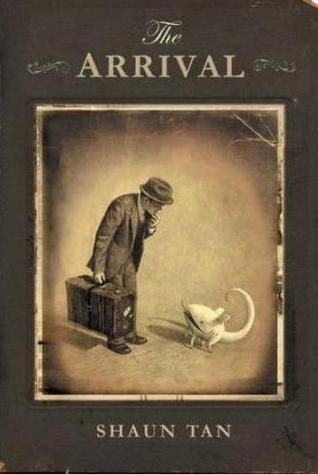
The Arrival by Shaun Tan
A man gives his wife and daughter one last kiss before climbing aboard a ship. He’ll travel across the ocean without his family in order to find a new place for his them to move and build a new, better life.
Tan’s wordless graphic novel explores the highs, lows, unknowns, fears, and joys entangled in the immigrant experience.
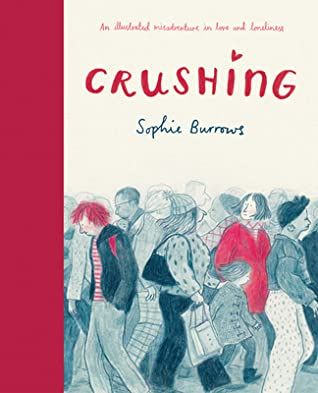
Crushing by Sophie Burrows
Burrows’s book is a beautiful and gentle comic about modern loneliness and what it means to yearn for connection. Burrows uses a limited and soft color palette to show two young people in a bustling city who feel completely alone, despite the noise and crowds around. Ultimately, they have a chance meeting that turns humorous, allowing the two of them to connect in a really wonderful and resonant way.
This is a timely book, with a powerful look at what it means to be alone…and what it means to be lonely.
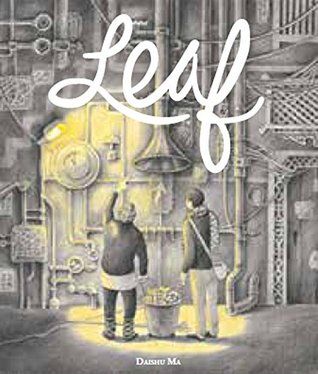
Leaf by Daishu Ma
Using a limited color palate for her wordless comic, Ma depicts the mega metropolis as a gray and blue world. In the city, there is little nature, little brightness, and little joy. But when a young man finds a leaf that is bright and radiant, he returns to the city in search of answers and understanding about his world.
Compared to The Arrival, this is a fascinating look at the environment, both natural and human, and the ways in which we connect with one another.
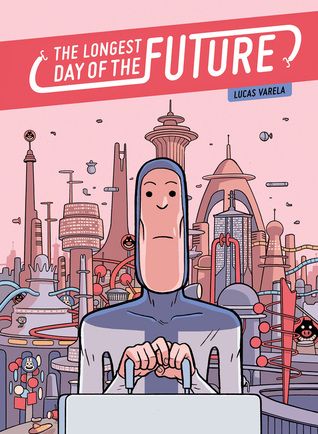
The Longest Day of the Future by Lucas Varela
Set in a futuristic city, two mega-corporations are in a battle for ultimate power and control. Each is determined to eliminate the other in order to be supreme…but they weren’t prepared for a flying saucer crash to put a wrench in their war.
Varela’s comic is absurd and humorous and it utilizes a pastel color range throughout.
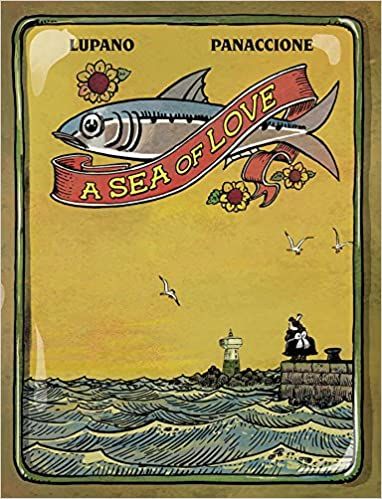
A Sea of Love by Wilfrid Lupano and Grégory Panaccione
Every morning, the old man goes to the sea to fish. His wife stays home, patiently waiting for his return.
But one day, the man is swept into an industrial fishing trawler and does not return. He’s taken across the ocean and his wife — whom the townspeople have told repeatedly not to expect him to come back — decides she’s going to find him. Armed with a fortune teller’s words that he’s alive in Cuba, the woman sets sail to find him.
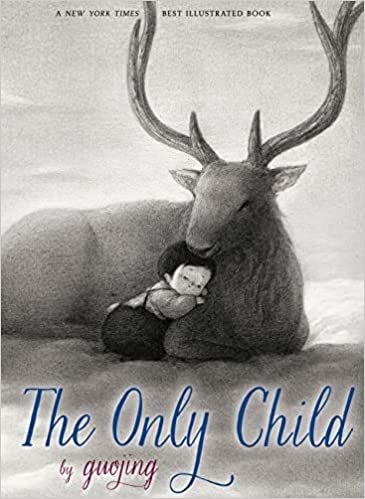
The Only Child by Guojing
When a young girl follows a stag into the woods, she’s both fascinated by the magical world she sees and worried about how she’ll ever get back to her family again.
This is a rich story about love, family, and loneliness, and it gives such consideration for how wonderfully complex a child’s inner world is.
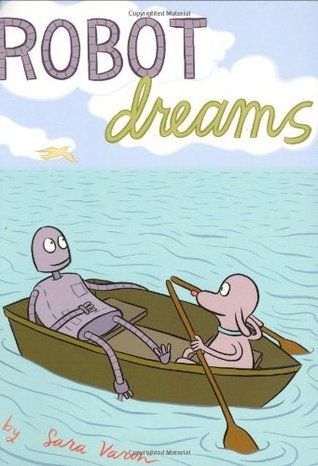
Robot Dreams by Sara Varon
One of my all-time favorite books, Varon’s story about an ill-fated friendship between a dog and a robot is at once full of heart and full of sadness. After a day at the beach leaves Robot rusted, Dog abandons him. It’s not a cruel choice, but one made out of desperation and grief. Dog tries desperately to replace that friendship, but each subsequent friendship is full of misadventure, too.
On the beach, meanwhile, Robot is living forever in dreams of better days and adventures.
Varon’s brightly-colored wordless graphic novel is an exploration of friendship, grief, and about how not every tragedy is the result of intentional poor choices.
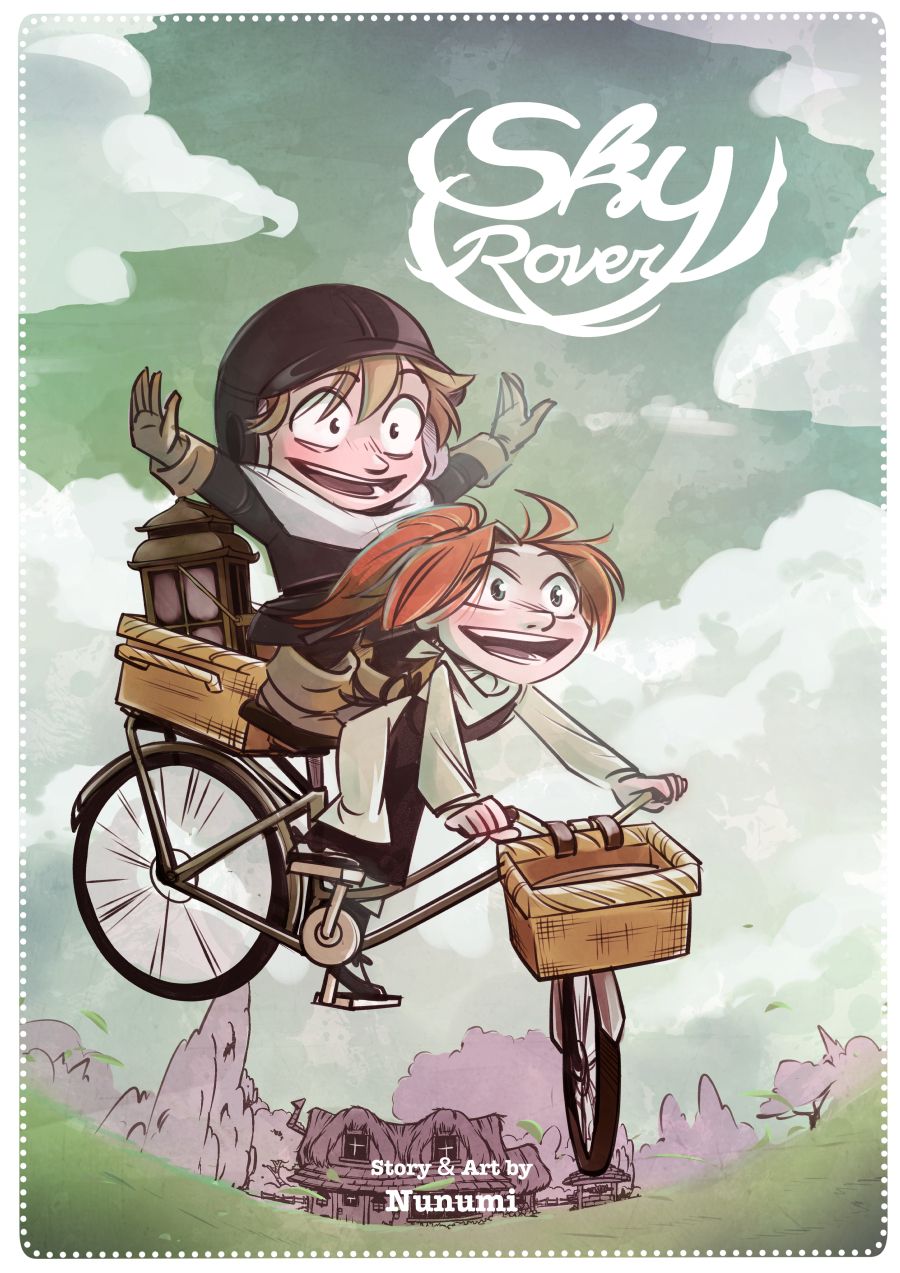
SkyRover by Nunumi
A longform webcomic, Nunumi’s wordless story is available to read in full (and, possibly, available to find through resale after being self-published in a limited capacity). The story follows a sky traveler who was wounded in a thunderstorm and is found by a lantern maker. This is a magical story about an unexpected friendship, fireflies, and more.
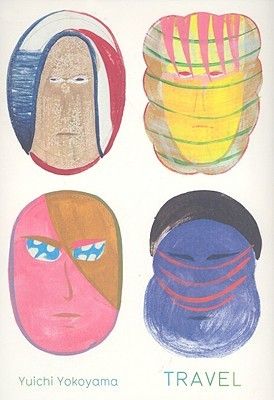
Travel by Yuichi Yokoyama
Yokoyama’s wordless graphic novel is set on a train in Japan. This deeply meditative and abstract comic isn’t about the travel nor the destination of that trip but instead, about the fellow passengers on the train and the train itself.
Want to dig into some more great visually-focused books, graphic novels, or otherwise? Check out these illustrated YA books (that aren’t comics), as well as these weird, dark, and twisty graphic novels.
























































![Social Media Spring Cleaning [Infographic] Social Media Spring Cleaning [Infographic]](https://imgproxy.divecdn.com/9e7sW3TubFHM00yvXe5zvvbhAVriJiGqS8xmVFLPC6s/g:ce/rs:fit:770:435/Z3M6Ly9kaXZlc2l0ZS1zdG9yYWdlL2RpdmVpbWFnZS9zb2NpYWxfc3ByaW5nX2NsZWFuaW5nMi5wbmc=.webp)
![5 Ways to Improve Your LinkedIn Marketing Efforts in 2025 [Infographic] 5 Ways to Improve Your LinkedIn Marketing Efforts in 2025 [Infographic]](https://imgproxy.divecdn.com/Hv-m77iIkXSAtB3IEwA3XAuouMwkZApIeDGDnLy5Yhs/g:ce/rs:fit:770:435/Z3M6Ly9kaXZlc2l0ZS1zdG9yYWdlL2RpdmVpbWFnZS9saW5rZWRpbl9zdHJhdGVneV9pbmZvMi5wbmc=.webp)



